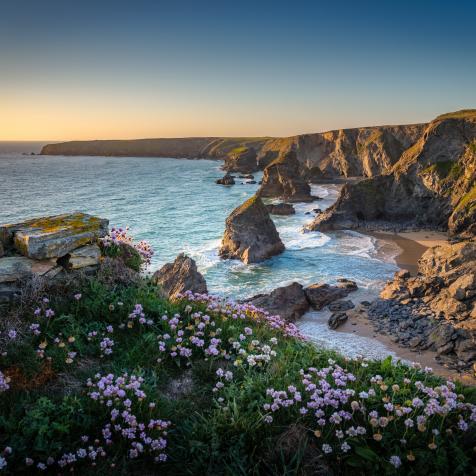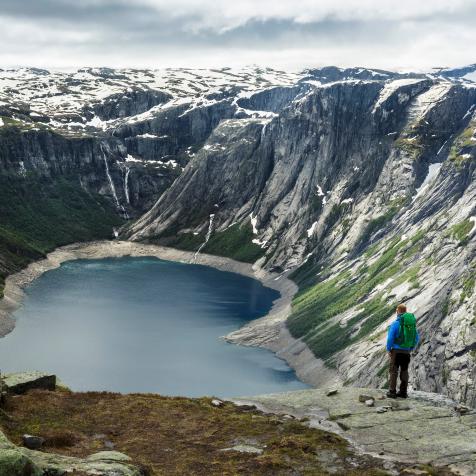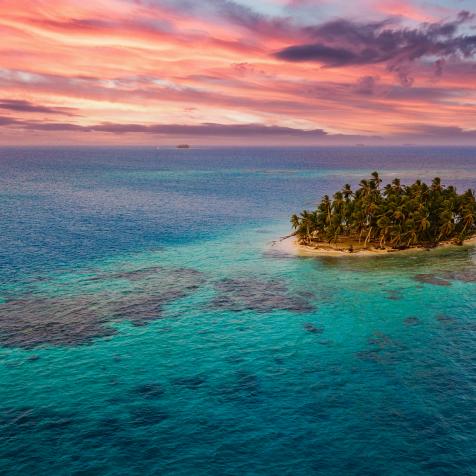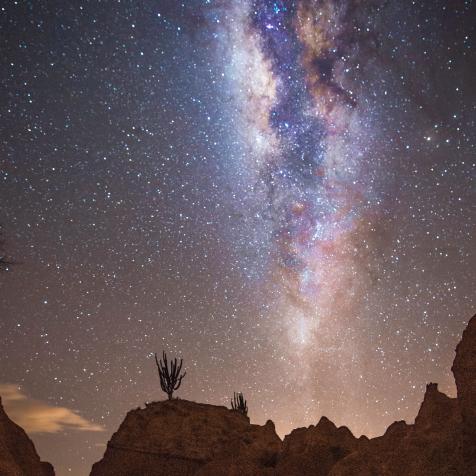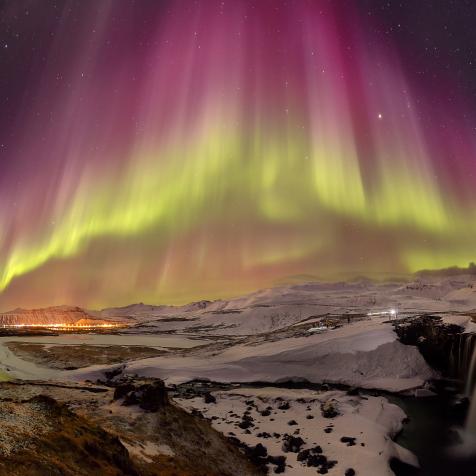
Emiliano Ruprah
The Wine from Greek Myth is Making a Comeback
According to legend, desperate Tanit wanted to attract Apollo, one the most admired and respected gods. Following the advice of Venus, the Goddess of Love, Tanit served Apollo a glass of wine made from the vines of Pantelleria. The rest is history…. or myth!
As soon as I land in Pantelleria, the sirocco winds arrive, bringing with them a humid fog local farmers fear. I jump in the car with Antonio Rallo, a fourth generation Zibibbo winemaker, who has come from the mainland to check on his grapes. “Farmers will always complain about the weather,” he tells me, as we zip through the winding roads up and down grapevine-terraced hillsides, “but if this fog gets to the grapes, they’ll fall off the vines like wounded soldiers and rot”. Luckily, when we get there, the grapes are dry but to be safe, they’ll be picked immediately.

Emiliano Ruprah
Zibibbo grapes are picked by hand for a couple of weeks in August, so every vine counts. The vines are trained to grow low to the ground in terraces and behind stone walls (the “alberello” technique) to protect them from the battering winds. As we hike up a steep vineyard hugging the mountain, Rallo tells me “making Zibibbo is like putting together a jigsaw puzzle. Pantelleria is a volcanic island with a range of microclimates, so to make Zibibbo we have to combine grapes with an enormous range of characteristics”. Picking the grapes is arduous work too. Some hills are so steep, locals will hold each other with rope as they harvest.
It's a centuries-old tradition some say goes back to mythical times. The Phoenician goddess of Carthage, Tanit, is said to have seduced Apollo by serving him Muscat of Alexandria from the island. Legend also has it that it was first made by the Carthaginians and that it was Magone, one of Hannibal's lieutenants, who came up with the recipe in the third century BC. A few decades ago, however, Zibibbo was on the verge of extinction because of the back breaking labor involved in producing it. Luckily, families like the Rallo of Donnafugata have been restoring old vineyards and sticking to it. In 2014, for the first time ever, an agricultural practice was recognized as an Unesco World Heritage Site: it was the grape cultivation technique used to make Zibibbo. Since then, a renewed interest and appreciation for the amber beverage has been growing worldwide.
The Art of Ancient Winemaking 19 Photos
Take a tour of the Zibibbo vineyard in the Donnafugata Winery and around Pantelleria with Explorer Emiliano Ruprah. This Unesco site is home to the very special grape cultivation technique used on the Sicilian island of Pantelleria.
Continue to follow this and more on Instagram @emilianoruprah.
After checking on the vineyards we rush to a series of tents where grapes have been laid to dry. The fog is gone and the sun blazes with such urgency that heat waves rise from the ground. “It's a constant battle with the mercurial climate of the island,” Rallo tells me, as he and his agronomist, Diego Angileri, roll up the side coverings to aerate the tents. “It's a balancing act between drying the grapes and protecting them from humidity”. This natural appassimento process, whereby grapes are partially air and sun dried on mats, concentrates the grapes’ flavors and sweetness and gives the Zibibbo its unique flavor prior to vinification.
We head to the Donnafugata winery, where the year’s harvest is being pressed and transferred to giant steel vats to ferment. Though it won’t be ready for a couple of months, Diego has me try their 2014 Zibbibo, “Ben Rye”, which packs a bouquet of aromas like apricot and candied orange peel obtained from the dried grapes. Before Antonio Rallo rushes off to check on another vineyard, I ask him if he could start over, would he do something else? “Never,” he says. As I fly out of Pantelleria, the turbulence is so strong the plane dances above the volcanic slopes, and its steep terraces packed with vineyards are covered yet again in a thick ominous fog.











